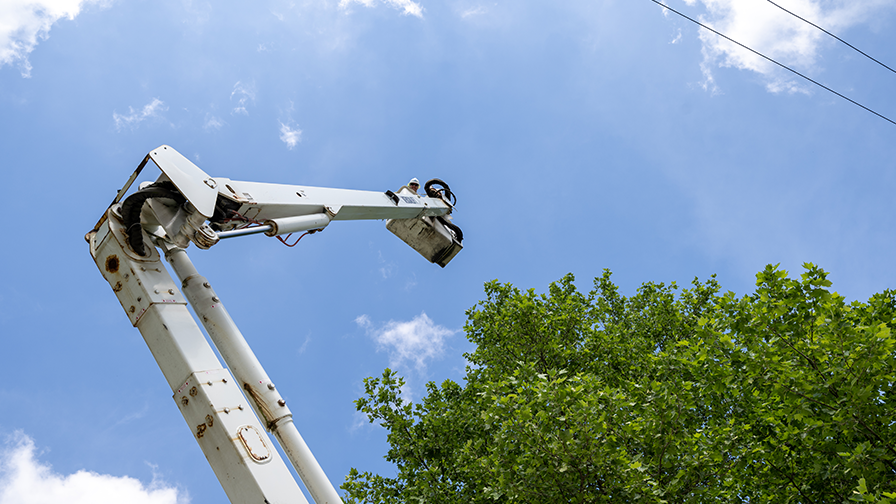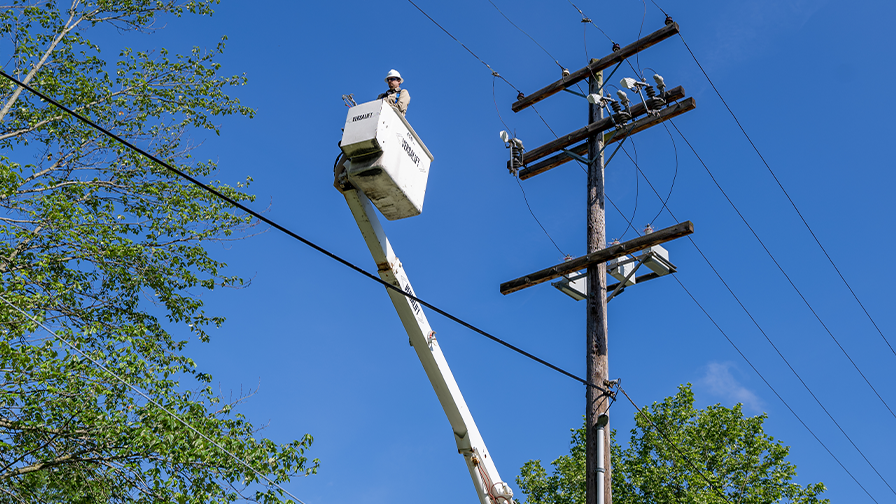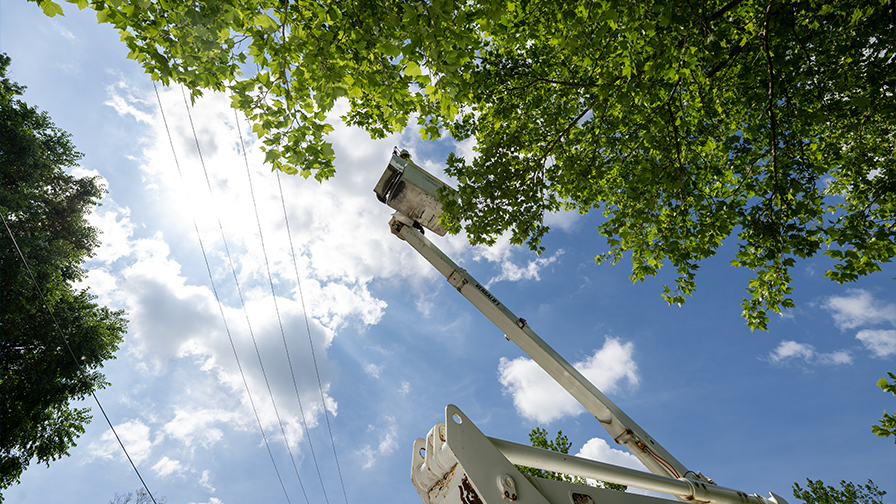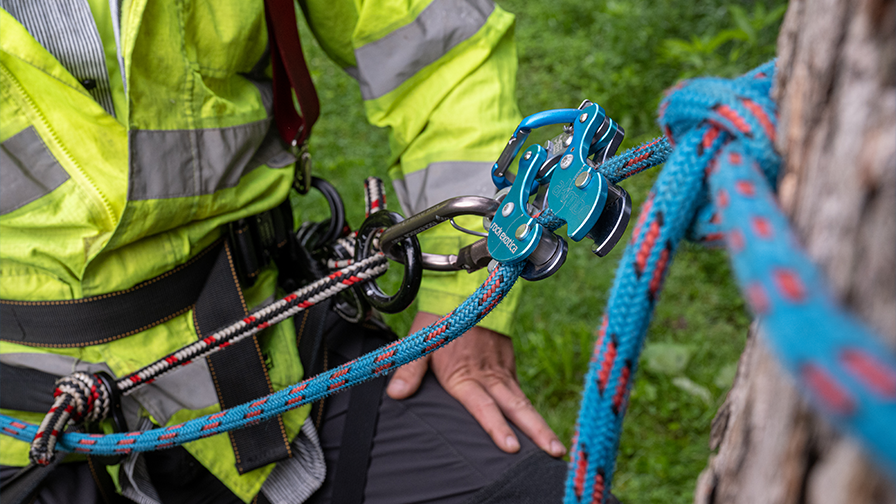Five-Minute Meeting: Aerial Lift Wind Instructions
Five-Minute Meeting: Aerial Lift Wind Instructions
 Five-Minute Meeting: Aerial Lift Wind Instructions
Five-Minute Meeting: Aerial Lift Wind Instructions
High wind speed can negatively affect the safety of aerial lift operations and should be evaluated before engaging in such operations to minimize the risk of injuries or fatalities due to falls from the aerial work platform.
Safely working with aerial lifts in high winds requires comprehensive training and an awareness of the regulations surrounding aerial lift operations in high-wind environments. It is the employer’s responsibility to ensure that all workers receive Occupational Safety and Health Administration (OSHA)-approved aerial lift certifications and safety training. Such certifications and trainings teach workers about a wide range of boom lift wind restrictions and guidelines, including the following.
1. Never operate an aerial lift in winds over 20 miles per hour
According to OSHA regulation 1926.1431(k)(8)(i), “When wind speed (sustained or gusts) exceeds 20 mph at the personnel platform, a qualified person must determine if, in light of the wind conditions, it is not safe to lift personnel. If it is not, the lifting operation must not begin (or, if already in progress, must be terminated).” Falls are the leading cause of construction industry deaths, according to the Centers for Disease Control and Prevention (CDC); falls are also among the top causes of aerial lift operator death and often occur due to work performed in high winds and other severe weather conditions. According to the Beaufort Wind Force Scale, which rates wind forces on a scale of 0 (calm) to 12 (hurricane), most powered access platforms and boom lifts should only be used when winds are rated less than Level 5 (fresh breeze).
2. Stay within the lift’s vertical or horizontal reach limits
Before operating an aerial lift, operators must read and understand the manufacturer’s instructions for vertical and horizontal reach limits. When these limits are exceeded, balance and stability issues can significantly worsen in high wind conditions. Generally, the higher the lift is raised, the greater the adverse effects of wind speed. It’s also important to consider the combined weight of the workers on the lift, along with any tools or equipment on board. Using outriggers and stabilizers helps steady a lift during high wind conditions.
3. Aerial lifts and power lines
Power lines present a safety hazard to aerial lift workers. When setting up a worksite, employers and workers alike must ensure that there are no potential hazards near an aerial lift as well as verify that wind levels are below the OSHA aerial lift wind speed restrictions. Remember that power lines may swing widely in high winds. Aerial lift operators must remain at least 10 ft. away from the widest arc of live electrical lines.
4. Use fall protection equipment
Fall protection equipment is designed to prevent injuries or fatalities due to falling from an aerial work platform. Protective equipment includes full-body harnesses, shock-absorbing lanyards, and platform guardrails.
5. Prioritize lift stabilization
Along with using fall protection equipment, proper aerial lift stabilization and positioning play critical roles in always preventing incidents. Stabilizations are even more critical in the presence of wind speed scenarios. Lift stabilization involves placing an aerial lift on level ground, load placement, and load configuration. Whatever the type of aerial lift, ensuring stability and security is crucial for safe operation.
Related Articles

Five-Minute Meeting: Working Around Secondary Wires and Low Voltage Lines Though the American National Standards Institute (ANSI) Z133 allows us to “avoid contact” with secondary lines or those under 750 volts, we need to exercise caution around these lines because they carry lethal voltage. Secondaries have lower voltage than primaries. We can distinguish them by[...]
Read More
Five-Minute Meeting: Working Overhang When conducting pruning operations, even for small branches, the best practice is to remove branches in a “total branch control” manner using ropes or by reducing the size of the branch you are cutting into a much smaller piece. In a weekly kick-off safety meeting, a utility noted a situation that[...]
Read More
Aerial lifts cannot touch energized lines and arborists must be aware of minimum approach distance (MAD). Learn more.
Read More
Wear, tear, and other damage to equipment can present safety hazards in the field. Equipment maintenance can prevent these safety hazards from arising and is essential for continued safe work with that equipment.
Read MoreSUBSCRIBE
Subscribe to our mailing list to receive updates.
Categories
Recent Posts
- How-To: Learning Knot Basics 02th Aug 2018
- How-To: Tying a Stopper knot 07th Aug 2018
- How-To: Selecting the Right Safety Vest 21th Aug 2018
- How-To: Tying a Slip Knot 04th Sep 2018
- How-To: Inspecting Your Snaps 18th Sep 2018
Training the Next Generation
All our classes are built on industry safety practices. Ready to start learning?